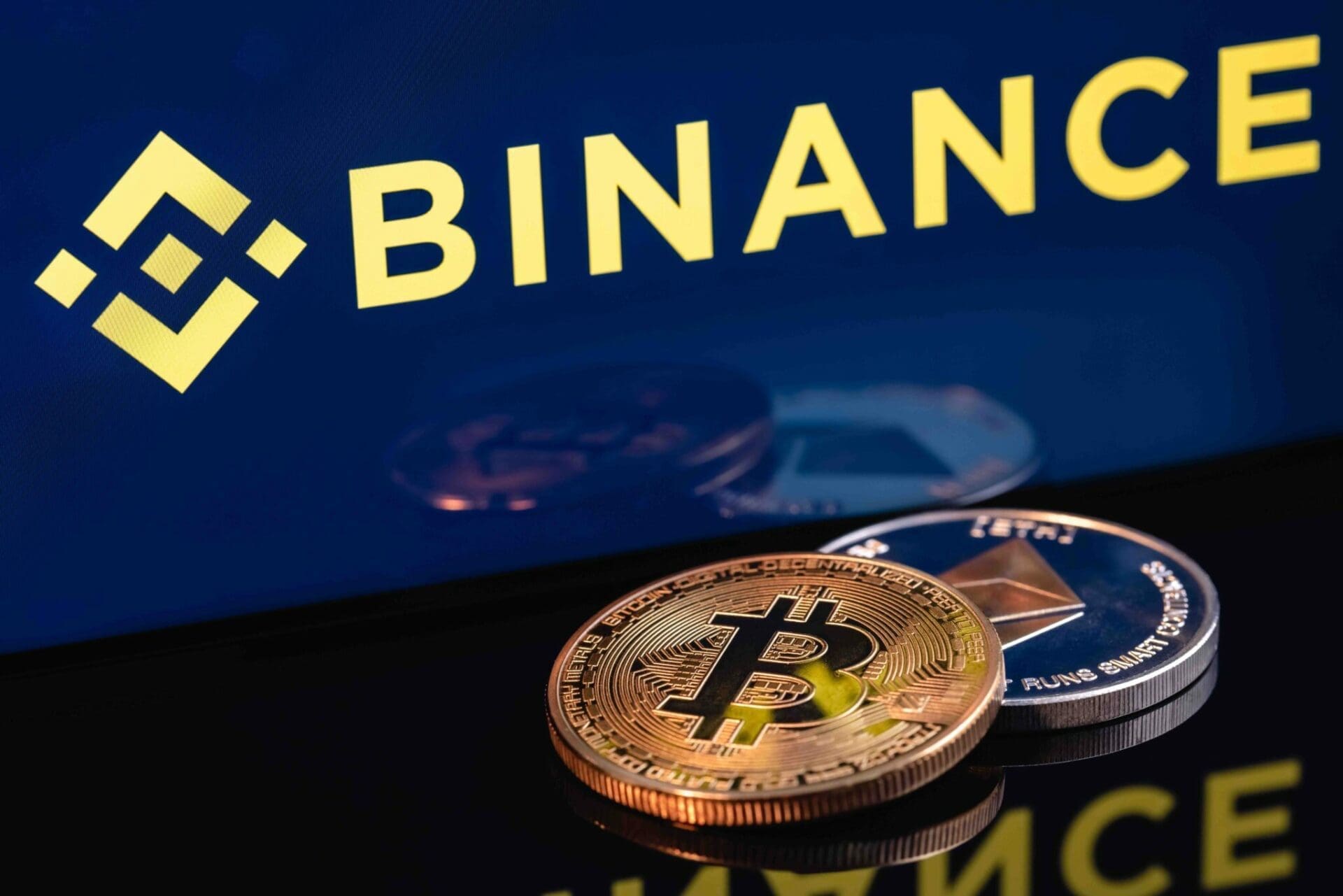Binance compra un miliardo di dollari di Bitcoin, Ethereum e BNB
Di Davide Grammatica
Binance convertirà un miliardo di dollari di stablecoin BUSD in Bitcoin, Ether, BNB e altri token, attingendo ai fondi della Industry Recovery Initiative per coprire la mossa

La mossa di Binance
L’exchange Binance ha annunciato proprio nelle ultime ore che convertirà una somma pari a un miliardo di dollari (in forma di stablecoin BUSD) in Bitcoin, Ethereum, BNB e altri token, il tutto per supportare il mercato.
La transazione ha riguardato i fondi della Industry Recovery Initiative della società, è costata soli 1,29 dollari e ha richiesto circa cinque secondi per essere effettuata, cosa non passata inosservata, e anzi motivo di orgoglio per il ceo Changpeng Zhao, che ha celebrato l’operazione in un tweet.

CZ risveglia le crypto
La mossa di Binance ha sicuramente contribuito alla spinta della domanda di acquisto dei token, dato che nelle ultime ore stiamo assistendo a un vero e proprio puma. BTC ha superato i 22mila dollari in scioltezza, mentre ETH ha riguadagnato dopo molto tempo i 1600 dollari. Anche BNB, del resto, ha fatto registrare numeri importanti, segnando un +10% in poche ore e tronando a massimi delle ultime settimane.
Se ti interessa aprire un account su Binance con uno sconto del 20% sulle commissioni per sempre e un rimborso sui primi 100$ di fees che pagherai, puoi usare QUESTO LINK
In termini strategici, invece, l’operazione di Binance assume caratteri interessanti, anche constatata con prove l’influenza dell’exchange su tutto l’ecosistema. La decisione di CZ arriva infatti in un momento in cui il mercato ha subito duri colpi da parte dei regolatori statunitensi, mentre in parallelo sono fallite in pochi giorni ben tre banche: Silvergate, Silicon Valley Bank, e per ultima Signature Bank (anch’essa definita da molti come ‘amica delle crypto’).
Il crollo delle banche e la precarietà del settore bancario ha causato la caduta dei mercati nel weekend, e gli investitori si sono precipitati a proteggere il loro capitale. Resta da vedere ora, tuttavia, come potrebbe reagire il settore crypto in una crisi più sistemica, che coinvolga anche la finanza tradizionale. La mossa, di Binance, in questo senso, potrebbe avercene dato un assaggio.
Seguici sul nostro canale YouTube per corsi gratuiti di trading e video di analisi approfonditi, e su Telegram per rimanere sempre aggiornato su tutto ciò che muove il mercato crypto in tempo reale!

